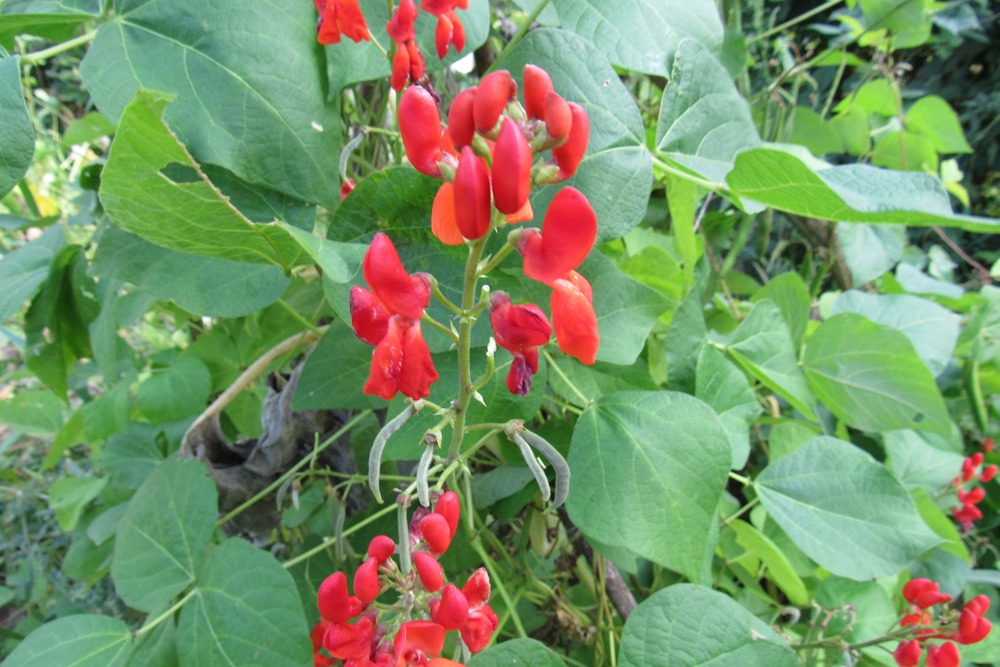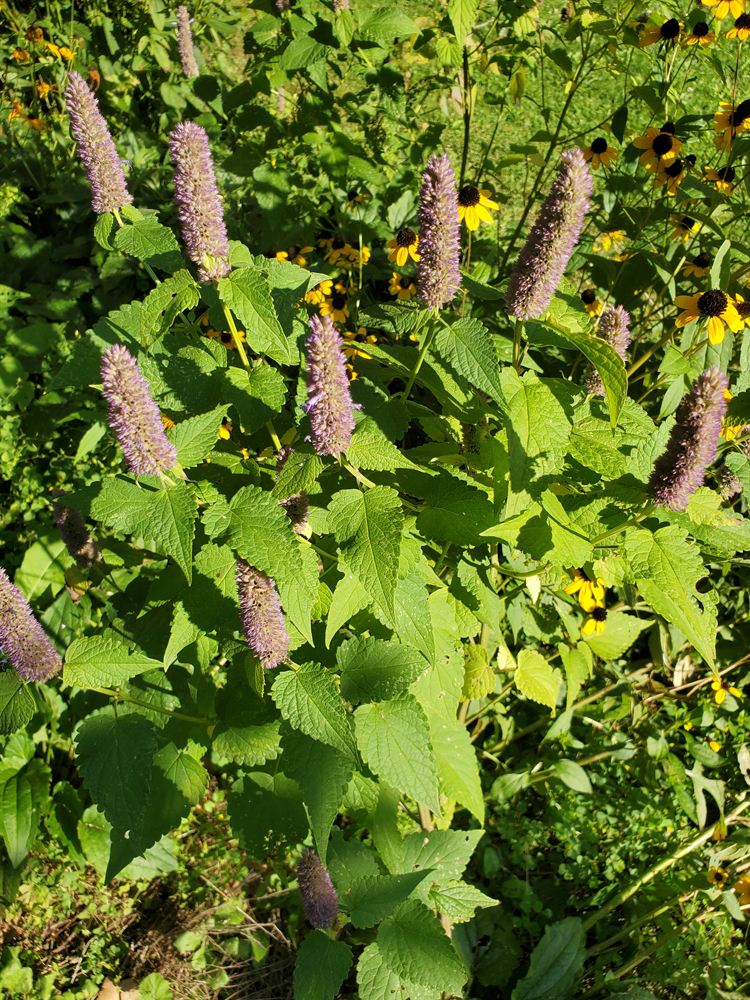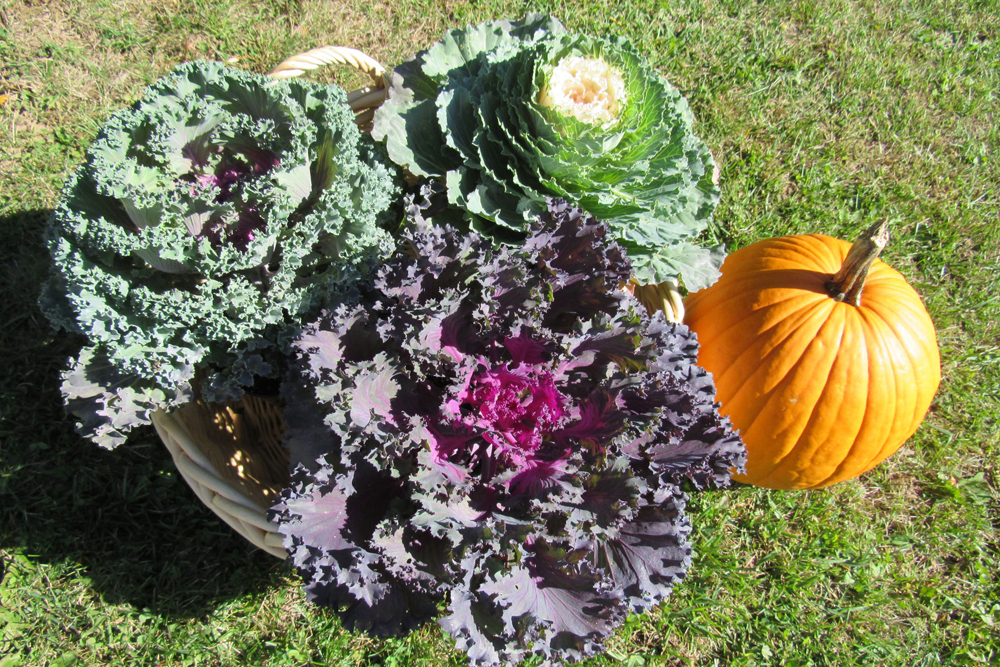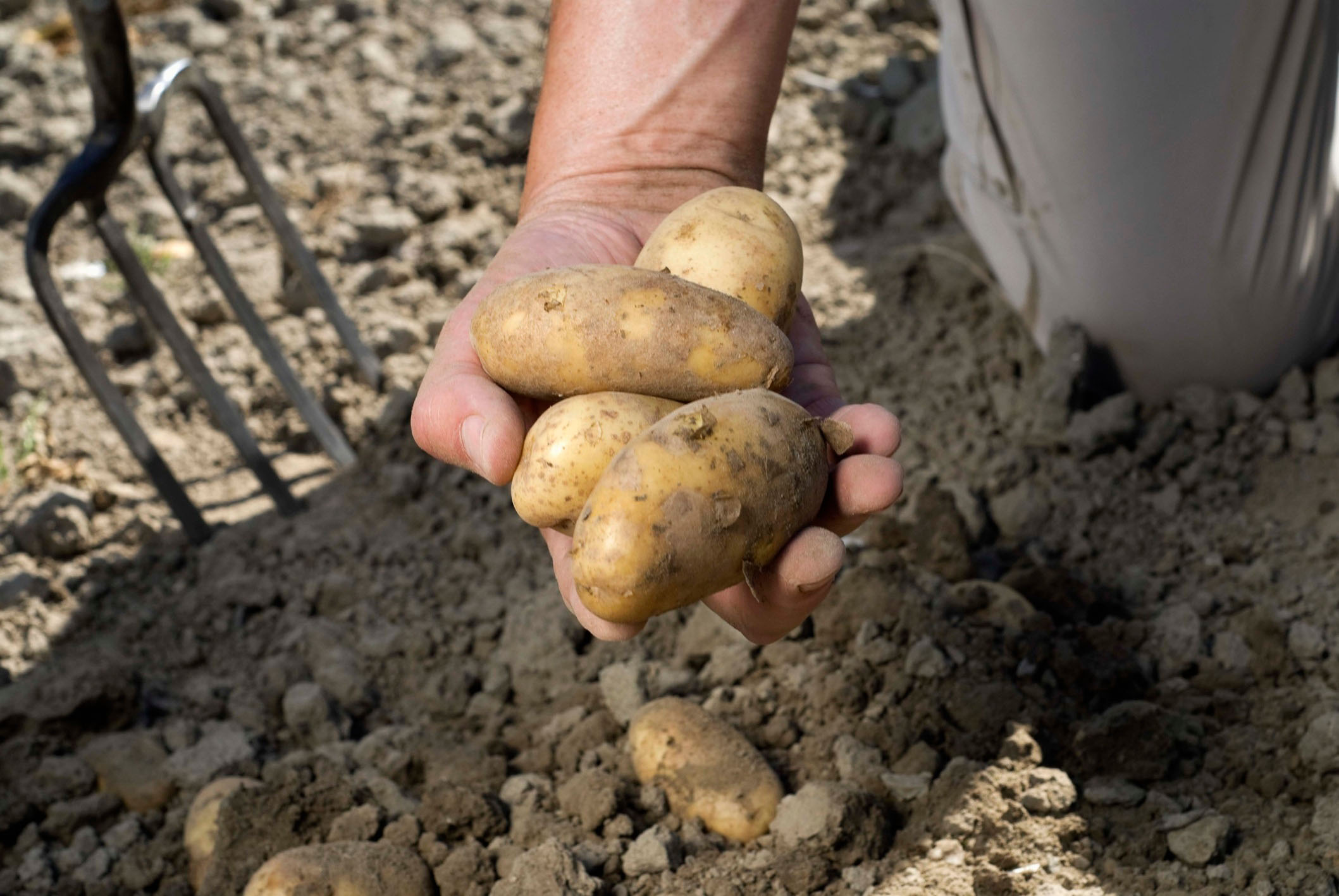Keep gardening with indoor options
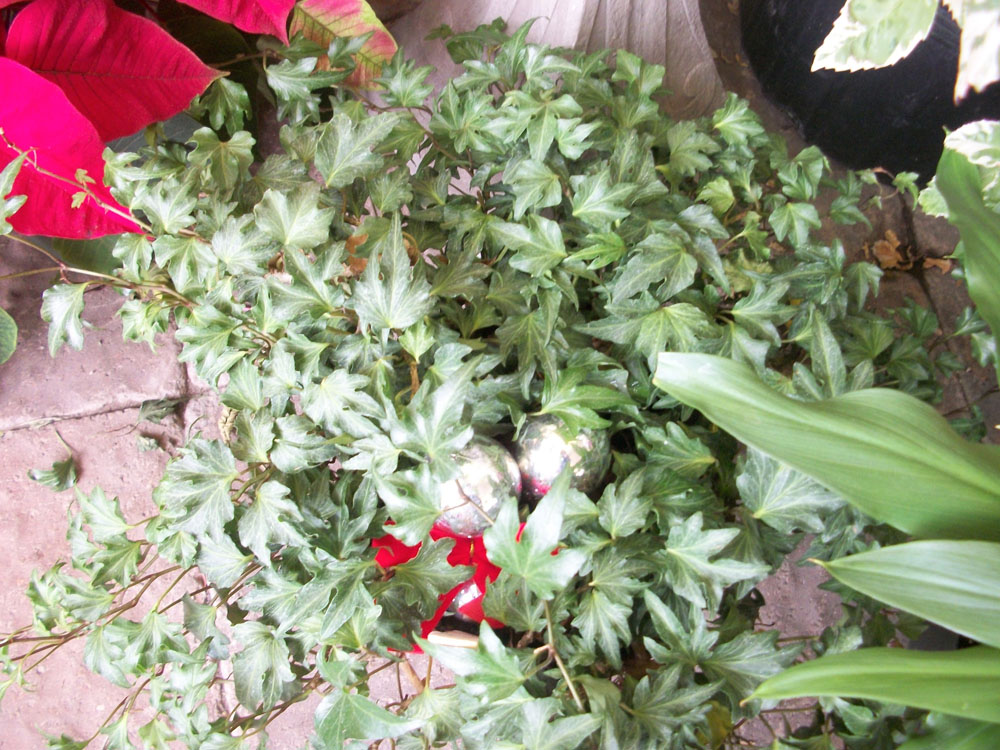
For those of us who need to keep the joy of caring for plants and growing things going over the long, cold months of winter, houseplants provide a fun and challenging option.
Just like their outside counterparts, houseplants need light, air, humidity, water and feeding to thrive
In regards to light, make sure you select houseplants according to the light conditions available in your home. South windows provide direct sunlight, while southeast or southwest windows provide bright light. Most foliage plants need bright, indirect light which is reflected off white or light colored walls. Medium light is provided by a northern window exposure and is sufficient for plants such as ferns.
Remember to turn houseplants occasionally so they don’t lean towards the light.
Watering is an important issue for houseplants. As with light needs, you should also know the moisture needs of your plant and remember, water only as needed, not on a schedule. More houseplants die from overwatering than under-watering. Wet soil suffocates the plant by crowding out oxygen. Clay pots can be helpful because they absorb moisture from the soil.

To determine if a plant needs water, stick your finger down into the soil – if the soil feels dry, water thoroughly and let the pot drain. Don’t let it stand in excess water.
Typically, a plant that is dropping leaves or has leaves that are turning yellow is getting too much water. Plants that look grey-green and are wilting, are too dry.
Experts recommend feeding houseplants spring through fall with a houseplant fertilizer. Follow directions on the label and make sure the soil is sufficiently moist before fertilizing. Fish emulsion and bone meal are organic options.
Houseplants need humidity and air inside homes is typically very dry in the winter. You can hand-mist plants in the morning as well as group plants closely together. Another way to add humidity is to place pots on saucers or trays covered with pebbles or small gravel that has been moistened with water. The water will evaporate and add humidity to the air around the plants.
Turning the thermostat down at night will also help houseplants as most like cooler night temperatures.
Don’t forget that your neighbors are a wonderful source of inspiration and advice regarding houseplants and their care.
Jim Doyle is an avid gardener who lives in Albion. He says he likes to push the limits of Mother Nature.
“I am much more of an experimenter than an expert,” he says.
Jim has many unusual plants that he grows inside during the winter, including a coffee tree, a pineapple plant, an olive tree and an avocado. His favorite houseplant is the African Mask plant (Alacasia Polly). Jim also has a four-foot lemon tree which he says has eleven lemons on it.
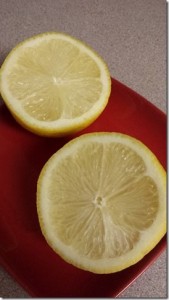
“We used one lemon for cooking on New Year’s Eve,” he says.
Currently, Jim has the lemon tree in the kitchen and is treating it for an infestation of spider mite which it picked up while spending the summer outside.
The spider mite produce a sticky substance on the leaves which is most noticeable in the mornings.
Jim says if spider mites are a problem, isolate the plant immediately.
He explains that he has resorted to using rubbing alcohol as well as “a household plant insect killer and meticulously cleaning every single leaf on the tree. If it were summer, I would blast the tree with a garden hose every few days, as that is very effective and better than using chemicals.”
Jim says he might even try cleaning the lemon tree in the shower.
He uses a cold frame to continue his vegetable harvest into the winter and also brings some of his vegetable plants inside after the growing season. “I have successfully cut the tops of my tomato plants before frost and grown tomatoes indoors, harvesting at Christmastime,” he says.
Jim adds that the rewards of houseplants are many. “My kids get to see plants and learn about their care. It is a way for avid gardeners in the northern hemisphere to keep their interest going when we cannot grow outside, and I think it provides a comforting way to enjoy nature and make the inside of a house interesting.”
Note: Easy care houseplants include ivy, kalanchoe, sansevaria (said to be one of the better “air cleaners”), philodendron, rubber tree, jade plant, ficus, pepperomia.



